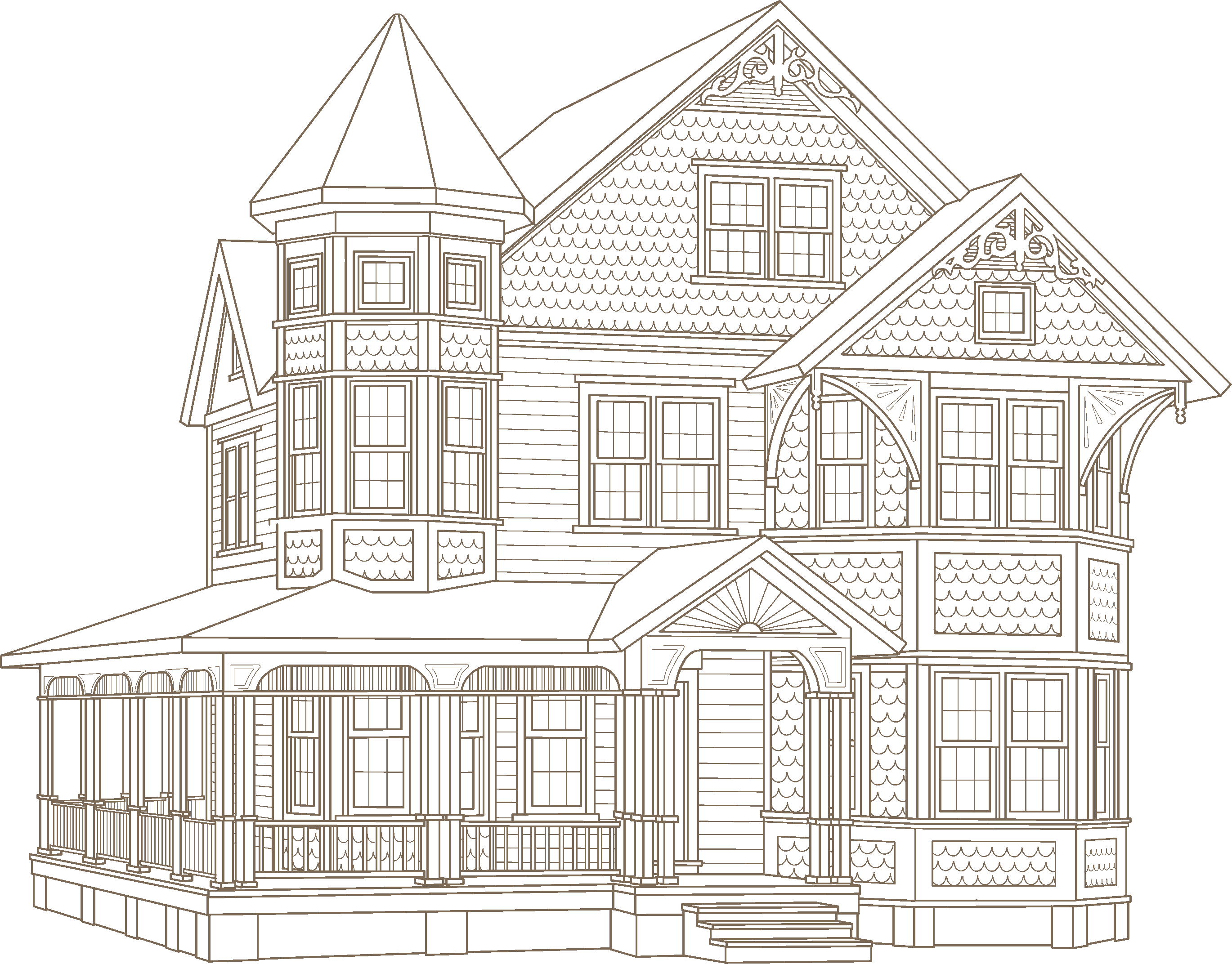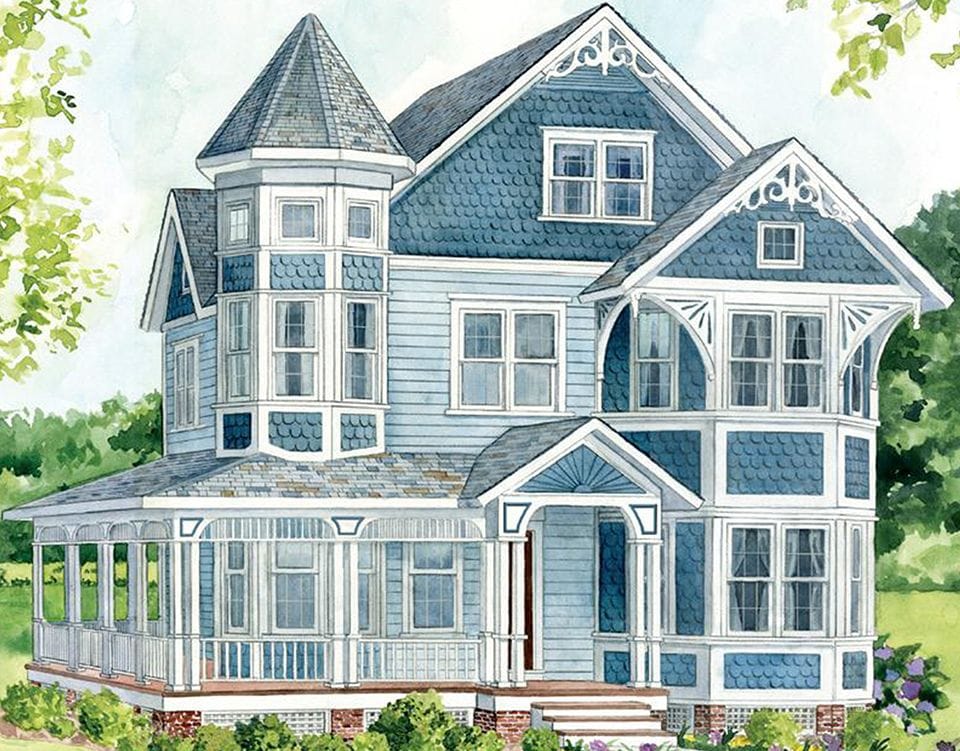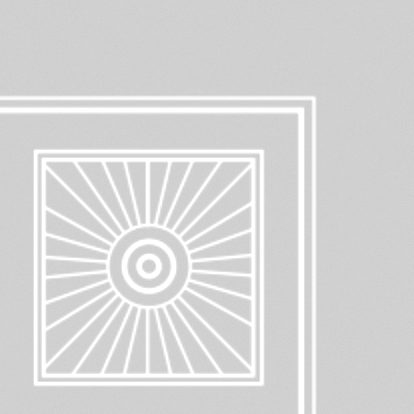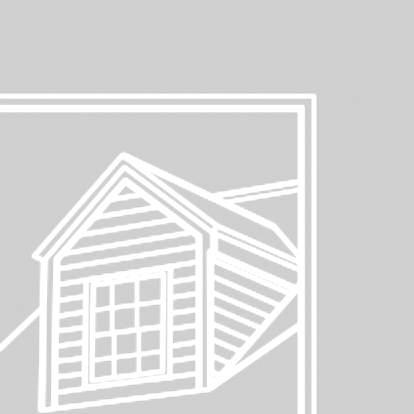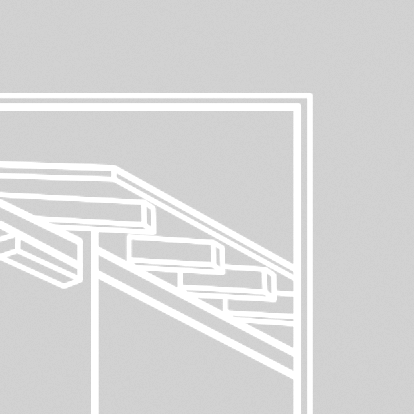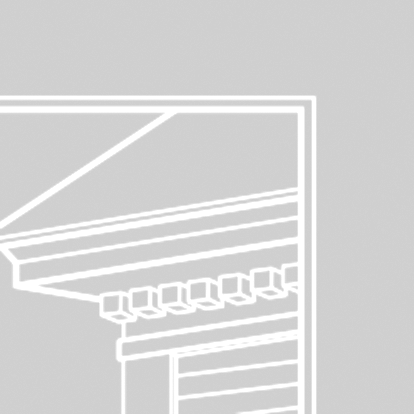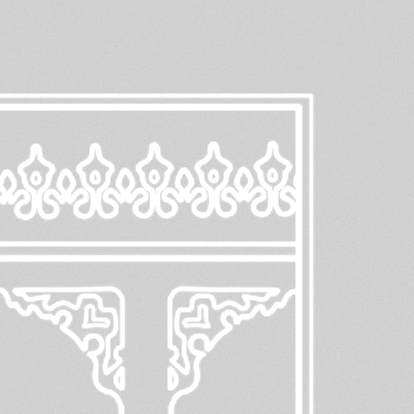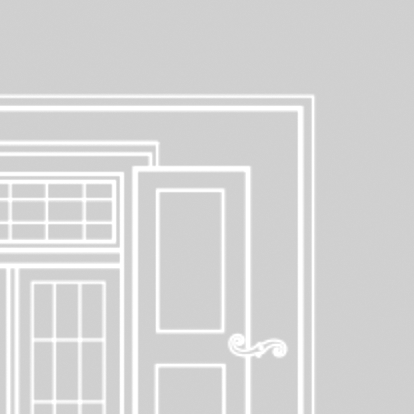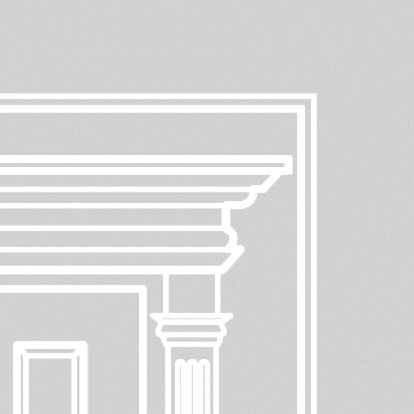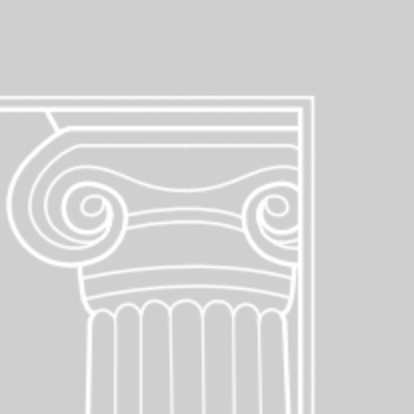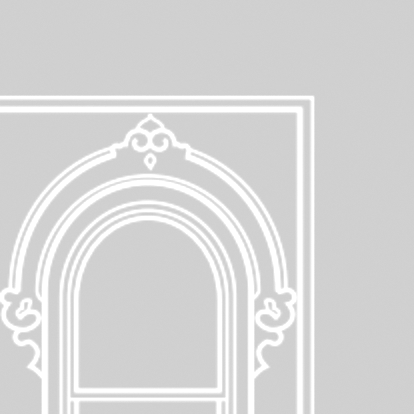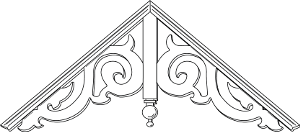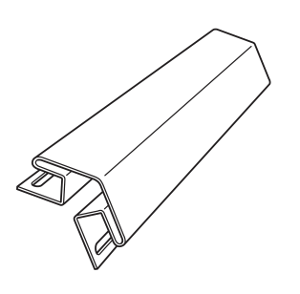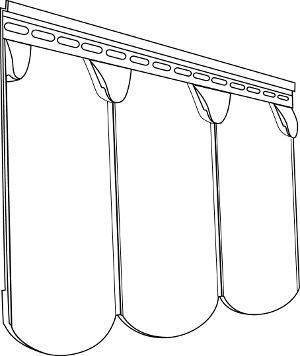Queen Anne
The most common of all Victorian styles, this style features asymmetrical shapes, punctuated by step roof pitches at various elevations. These shapes are particularly defined by gables — usually including a dominant front-facing gable combined with one or more polygonal, square, or round towers. This style assumes the attitude, “anything goes.”
Profiles
Queen Anne houses often feature clapboard as the dominant exterior cladding (with a choice of 3” to 8” reveals); profiles also used include beaded (with a choice of 6” to 7” reveals), Dutchlap (with a choice of 3” to 5½” reveals), and board & batten (available in vertical reveals of 6” to 8”).
Shapes
Specific areas of the exterior, such as gables facades and/or tower walls, are frequently accented by distinct shapes, including scallops, hexagon, octagon, fish scale, and mitered corner shingles.
Color
The style began using multiple colors to draw attention to design elements — everything from rich shades to bright jewel tones. The color scheme evolved into a more uniform palette of whites and light creams. Whatever you choose, vinyl and polypropylene siding come in hundreds of colors certified to withstand fading.
Trim and Accessories
Options suited for Queen Anne style include gingerbread trim and fretwork; band board; crown molding; corner blocks and rosettes; and bay corners. Structural accessories — both standard and decorative — such as columns and spindles for porches, beadboard for porch ceilings, and corner posts are also available.
